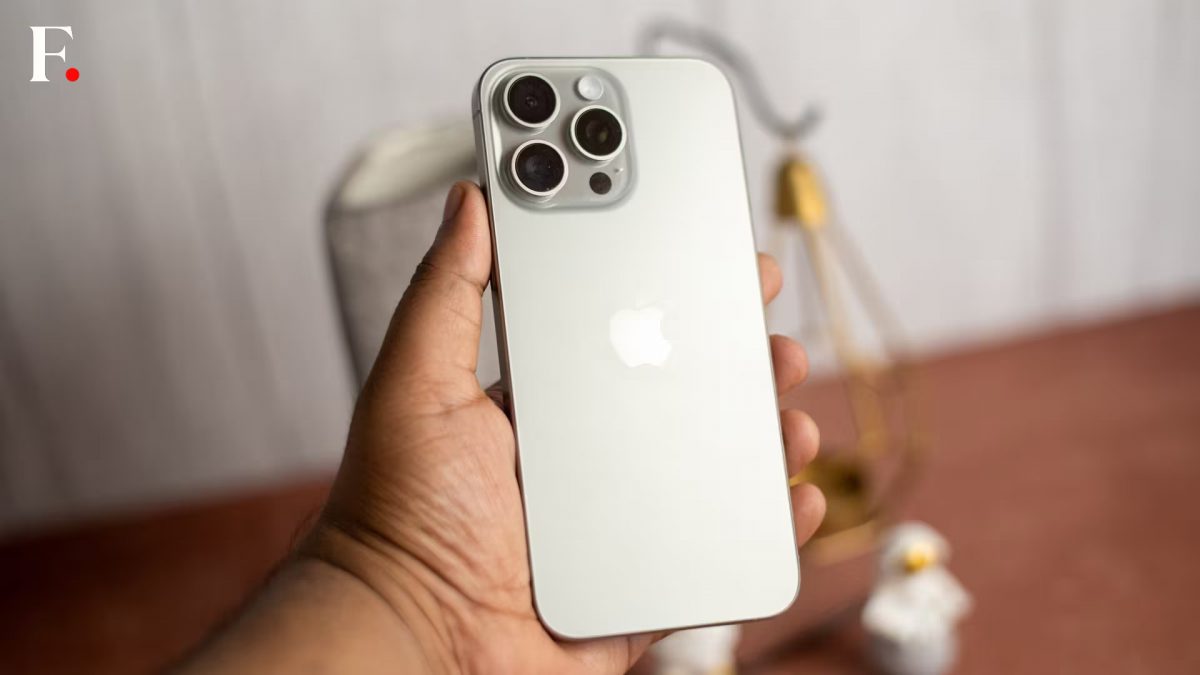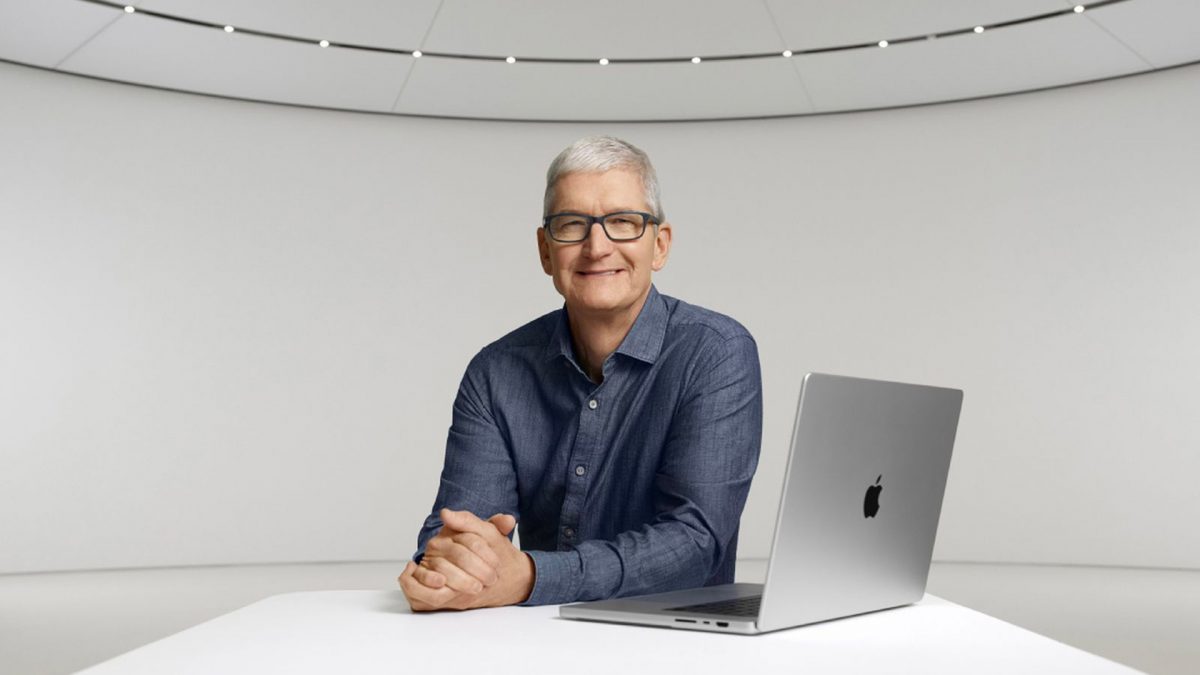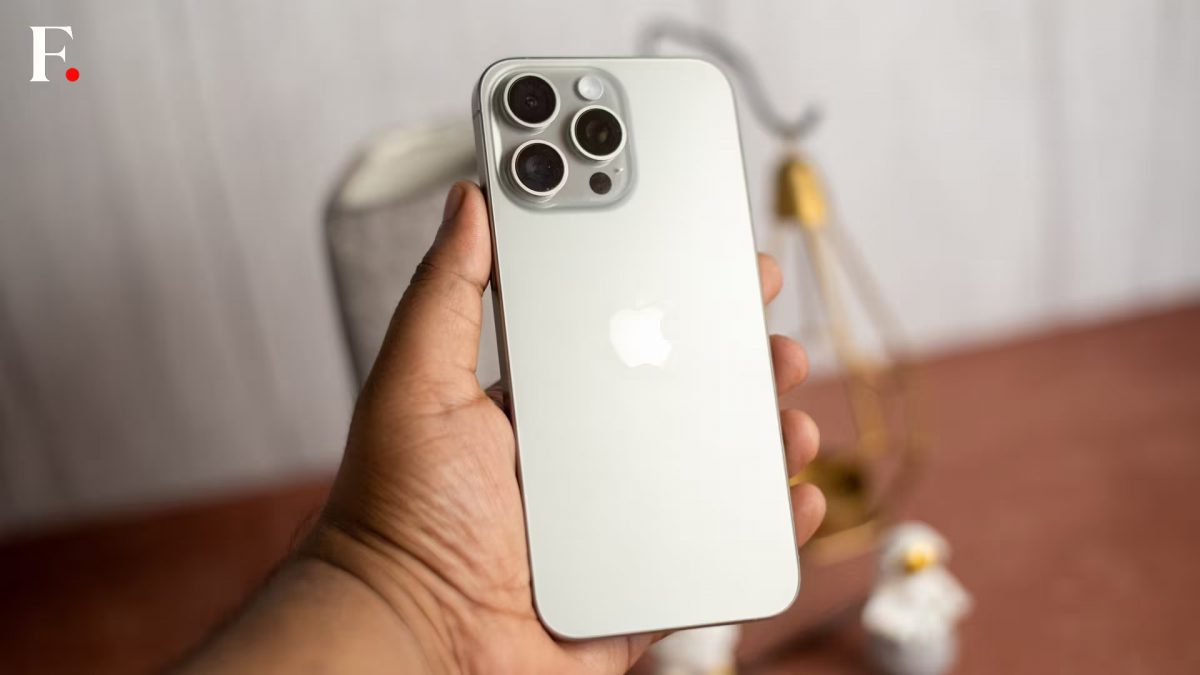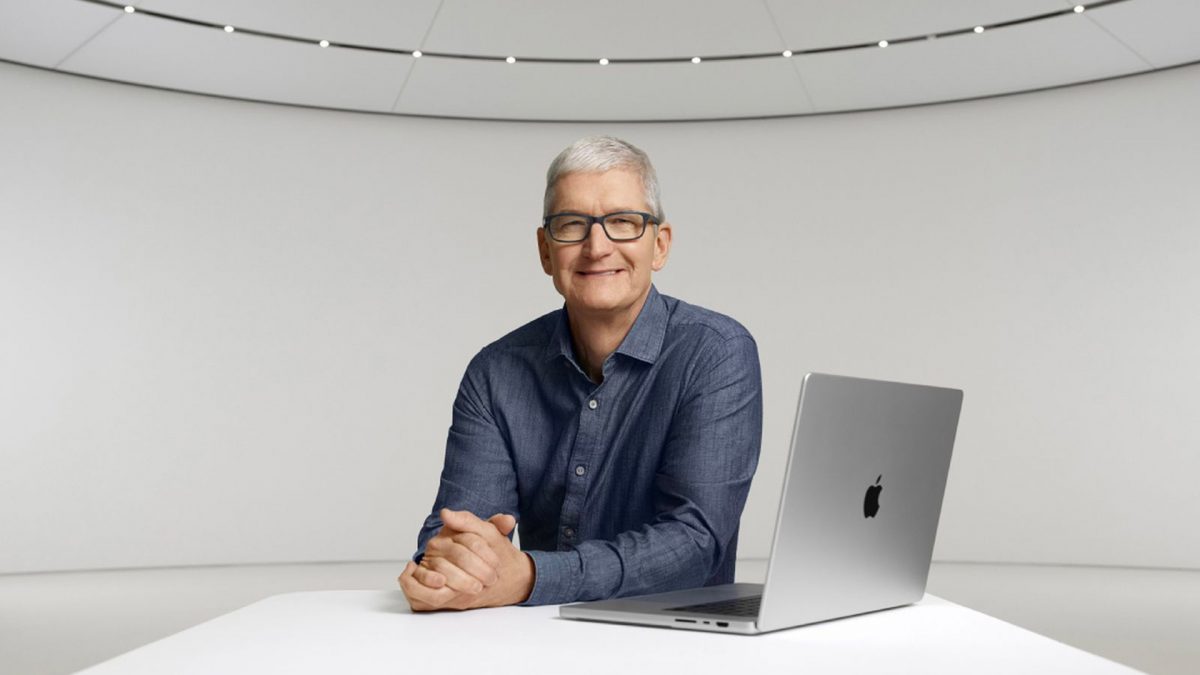When Apple’s SVP of marketing Phil Schiller went on and on about the new features of the iPhone 7 , we are pretty sure Android users went, “Meh! so what’s new?” A highlight of that (long) presentation was that the new iPhone 7 is IP67 water resistant. Schiller went on to explain how Apple re-engineered the iPhone 7 inside out, also developing new seals and adhesives in the process. But frankly speaking it’s nothing new and definitely nothing impressive.
Everybody knows that Apple has been working on its iPhones to make them safe from liquid damage for a long time. The company’s recent efforts on this front were visible when iFixit opened up last year’s iPhone 6s revealing a couple of new gaskets and seals that would prevent liquids from seeping into the smartphone. But these new seals also went to show that Apple was not confident about marketing its products as being water resistant.
This year, as earlier rumours pointed out, the iPhone 7 did show up with water resistant capabilities, but its not exactly a big deal and here’s why.
What is an IP67 rating?
Let’s first dissect the IP67 water resistance rating to make things clear.
‘IP’ stands for Ingress Protection and the number which follows (there are plenty of them) specifies the environmental protection of enclosures around electronic equipment. These ratings are not some random numbers as well. These are industry standards and determined by specific tests.
Moving to the numbers in the ratings, the first digit stands for the protection against solid objects (sand and dust), while the second stands for protection against liquids. So no, it’s technically not “67” but “6” “7” instead.
To begin with, the iPhone 7 is not ‘waterproof’. This means, unlike the Apple Watch Series 2 , you cannot go for a swim with it in a pool let alone saline sea water.
The keyword here is “pressure” and this would also mean that with a ‘6’ the iPhone 7 is totally protected against dust and ‘7’ means that it is protected against liquids under immersion between 15 centimeters and 1 meter and only for a period of a maximum of 30 minutes.
With that said, you could drop your iPhone in a swimming pool, a toilet bowl and even a bath tub, but those seals (that have been glued together) will only hold on for sometime which is why Apple advises owners against using them in those environments. Yes, using it in the rain, as shown in the Apple advertisements should be just fine.
Apple’s website also clearly mentions that “splash, water and dust resistance are not permanent conditions and resistance might decrease as a result of normal wear.” Also the fine print at the bottom of the web page reads, “Liquid damage is not covered under warranty.” So you better read those Terms and Conditions carefully before going for a swim with it.
Here’s how Apple did it
So how does Apple finally decide on telling consumers that its iPhone 7 is waterproof? Well, they had to deduct a couple of bits to make that happen. Firstly, we have the 3.5mm headphone jack or should I say its absence! And secondly, Apple even got rid of the moving Home Button with a static one connected to a Taptic Engine. With two more ingress points gone, it was just the silent switch and volume rocker keys that needed seals. Apple already showcased with its Apple Watch how its new speaker design pushes out water to keep the air compartments squeaky clean on the Series 2. And that’s how you finally have an iPhone 7 that’s water resistant.
The Android argument
Sony has been working with waterproof phones for quite a bit ever since the Xperia Z, while Samsung just hopped on to the same with the Galaxy S7. The Japanese company is what most would probably call the pioneer for waterproof smartphones (it even has mid-range offerings with similar capabilities). The current range of flagships from Sony and Samsung offer an IP68 certification which means you could take your phone swimming and click a couple of photos underwater as well (as shown in their ads).
At an event not too long ago I remember how much Sony was pushing for its lossless LDAC audio standard with its Xperia Z3+ smartphones. LDAC is an audio coding technology developed by Sony that enables the transmission of High-Resolution Audio (at 990kbps) content, over a Bluetooth connection. Sony called it “High Res audio” and this was back in June 2015. But hey, the world will only remember Apple for wireless audio just like how it will soon choose to believe that Apple introduced water resistant smartphones (sigh!).


)




)
)
)
)
)
)
)
)